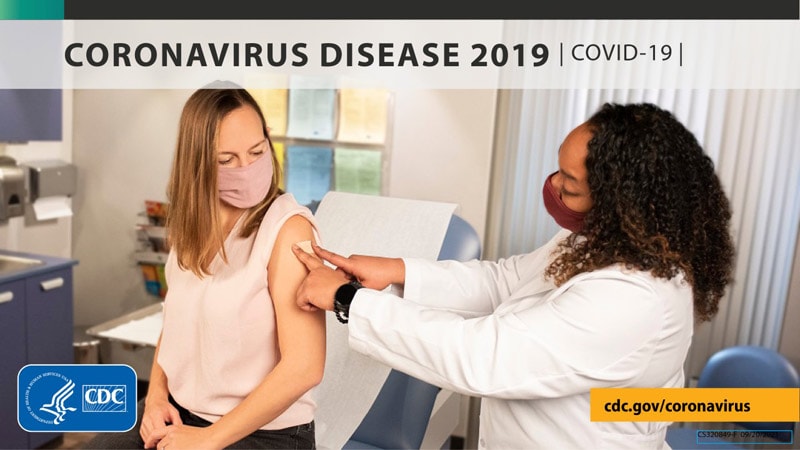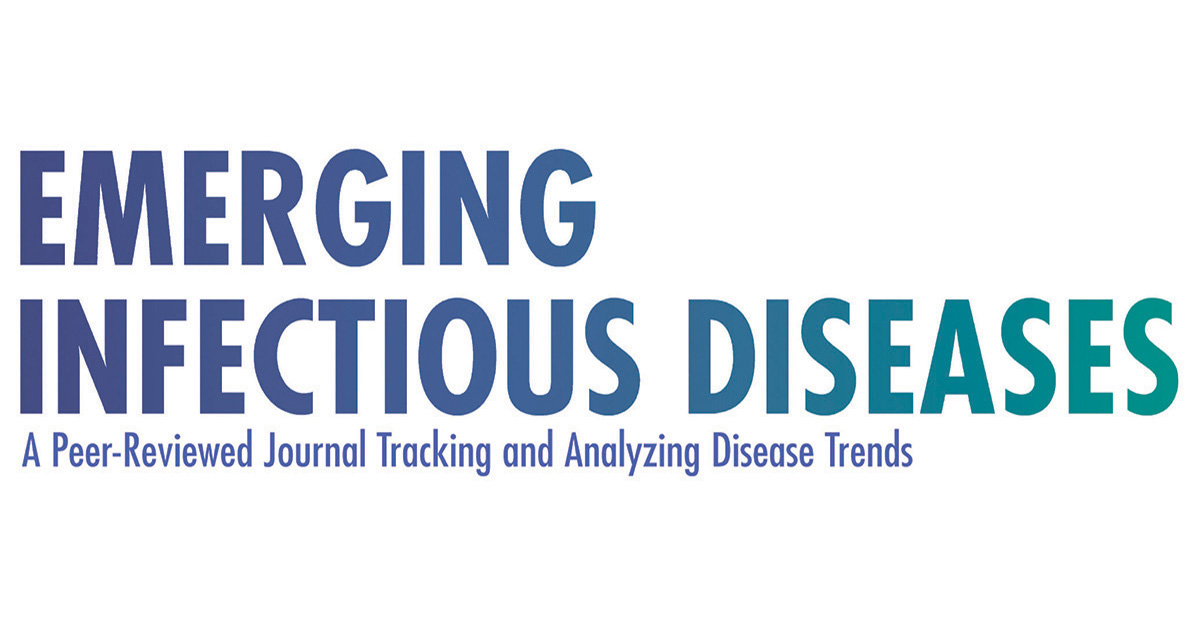AlanSubie4Life
Efficiency Obsessed Member
Thanks. This article suggests to me that masking (and the other steps taken) is EXTREMELY effective, just based on the numbers and exposure levels. About 1 in 10 cases in the US, even with extensive testing and massive exposure. Pretty amazing.Had to google it, b/c I knew it had been several months:
Sorry, 1 in 7, not 1 in 6. That's per the WHO.
This should NOT be surprising, TBH. As healthcare workers, we are usually vaccinated against all the infectious diseases we have to treat, and for those that we cannot be (Tuberculosis, etc.) we dawn PPE on a "next level" that is nothing comparable to what the general public can get. EVEN with those protections, we still have higher incidence of infections to many of the diseases we treat. Literally, in every hospital I worked in, we were required to have annual screening for TB, no exceptions allowed.
Couple things to correct you on, this is a respiratory DROPLET virus, not just a respiratory virus. That means it's not just airborne, but contaminates surfaces and lasts for a prolonged period of time on those surfaces. That is a VERY important distinction. Respiratory droplet viruses almost always have higher R0 than respiratory only viruses that cannot survive on surfaces.
Again, I didn't state masking was NOT helpful, I stated it is NOT a panacea and given how poorly implemented by the general public, should be viewed as having "DEFINED, but LIMITED" effectiveness. Seriously, how often do you 1) toss your disposable masks (in the hospital it is after EVERY room we enter we have to get a new mask) or 2) wash your "reusable" masks? The virus can survive just fine on an exposed N95 mask. Do you touch your mask with your hands? (presumed yes to this) Do you wash your hands after every time you touch your mask? (assuming it is not a disposable mask). The outside of the mask can easily be contaminated, leading to contamination of the inside of the mask.
You should view any reusable mask as a source of infection unless it is brand new, or just fresh out of the wash. ESPECIALLY now that we are talking about a virus with an R0 of 5-6, compared to the ones of the past year with an R0 of 2-3.
Should be even better now with vaccination. Limited dosing with masking leads to better infection suppression.
Last edited:








